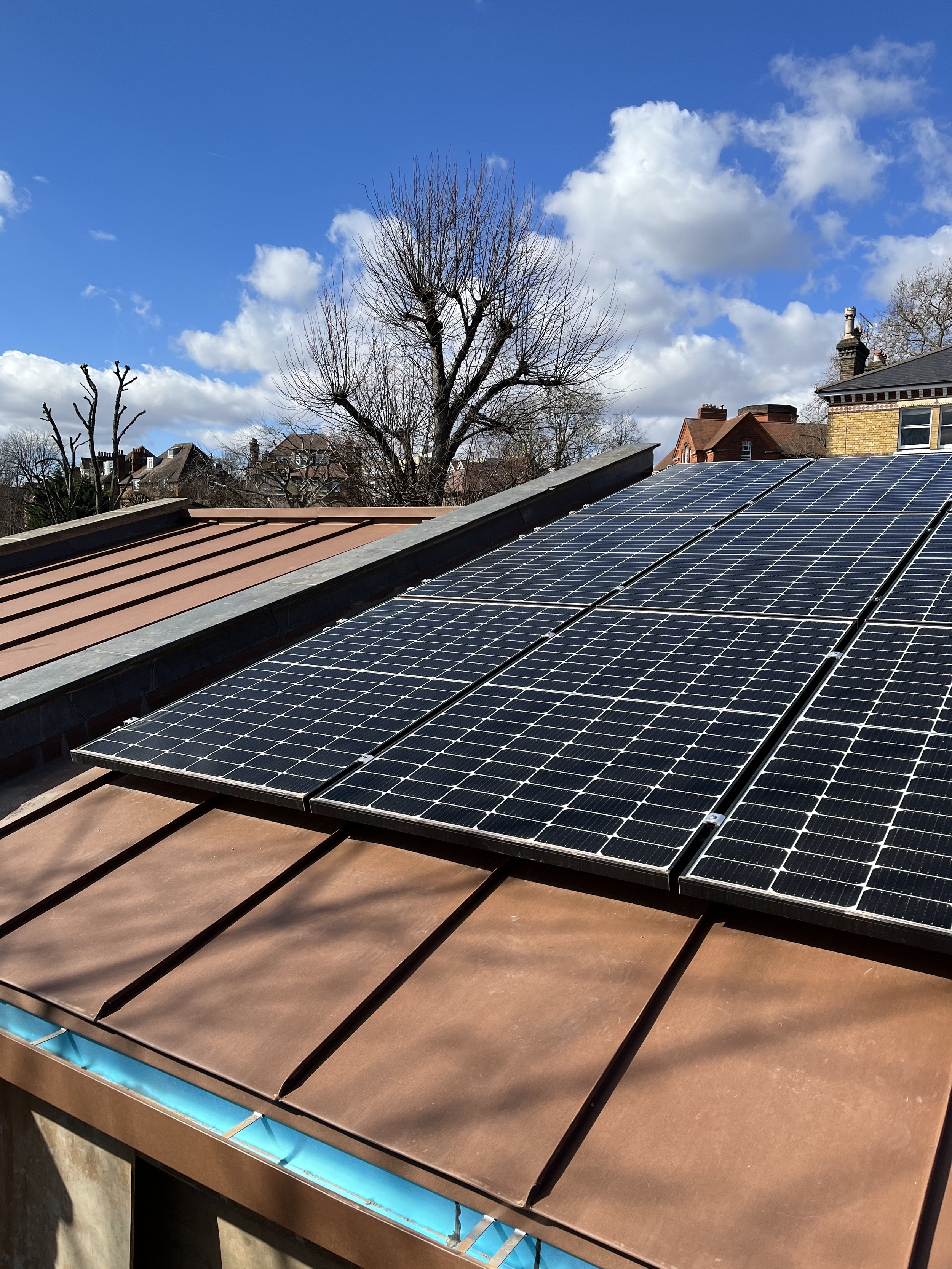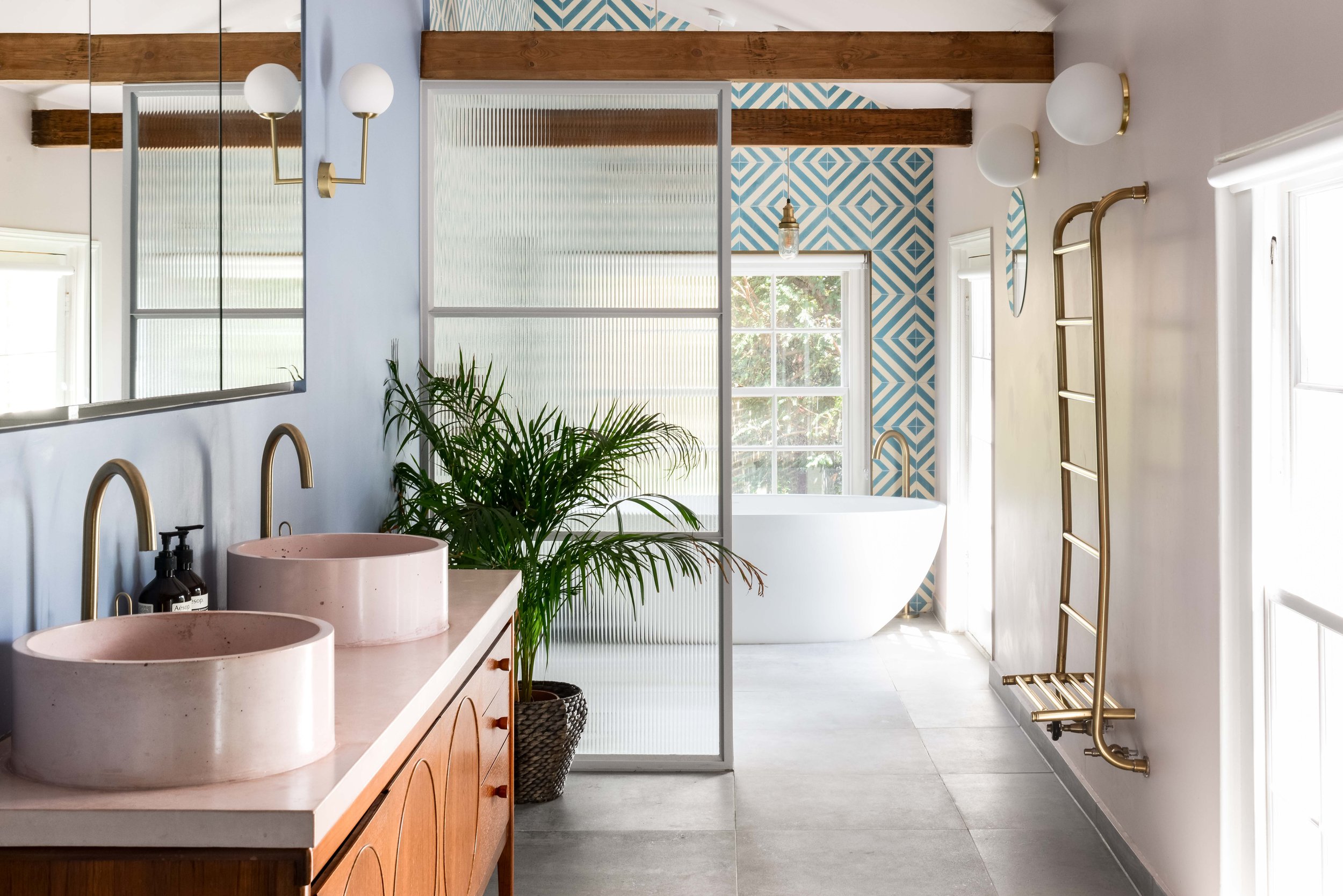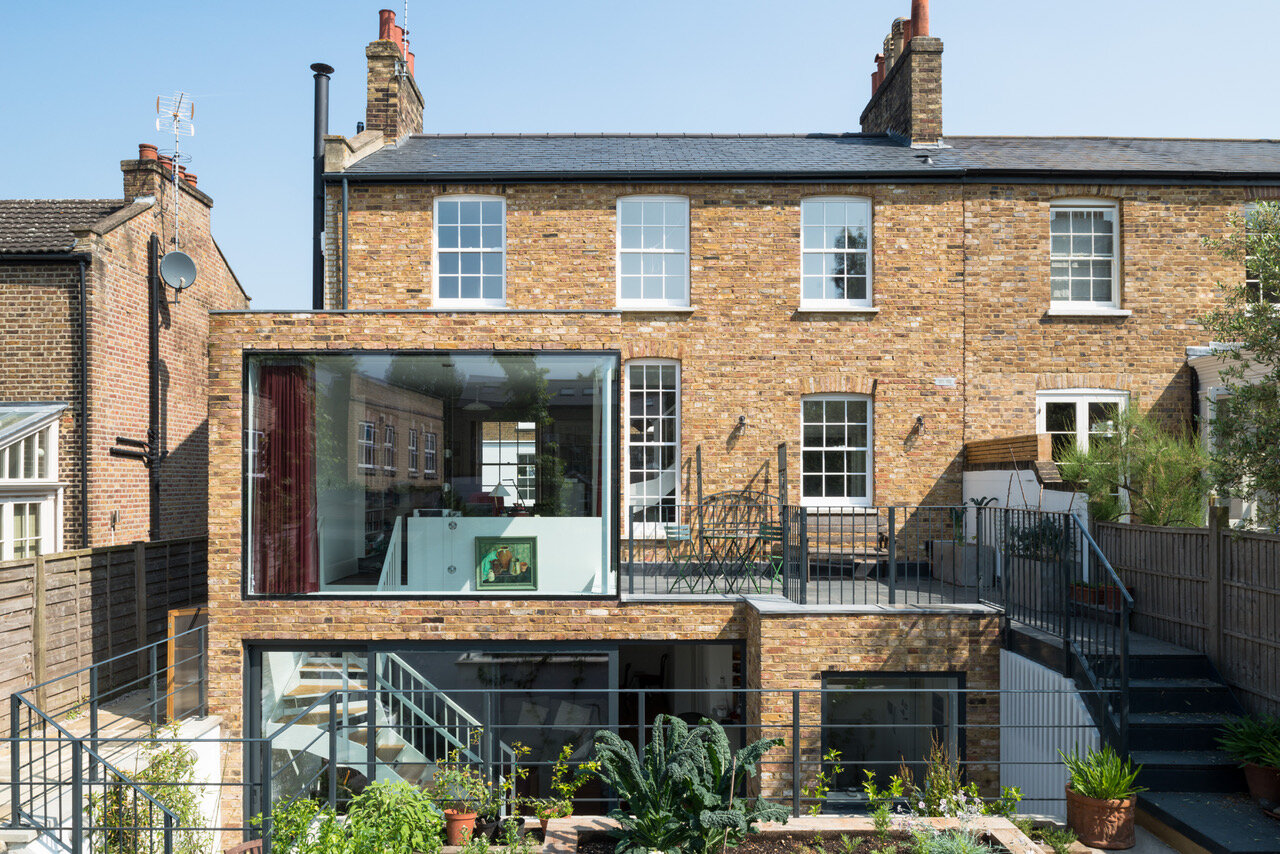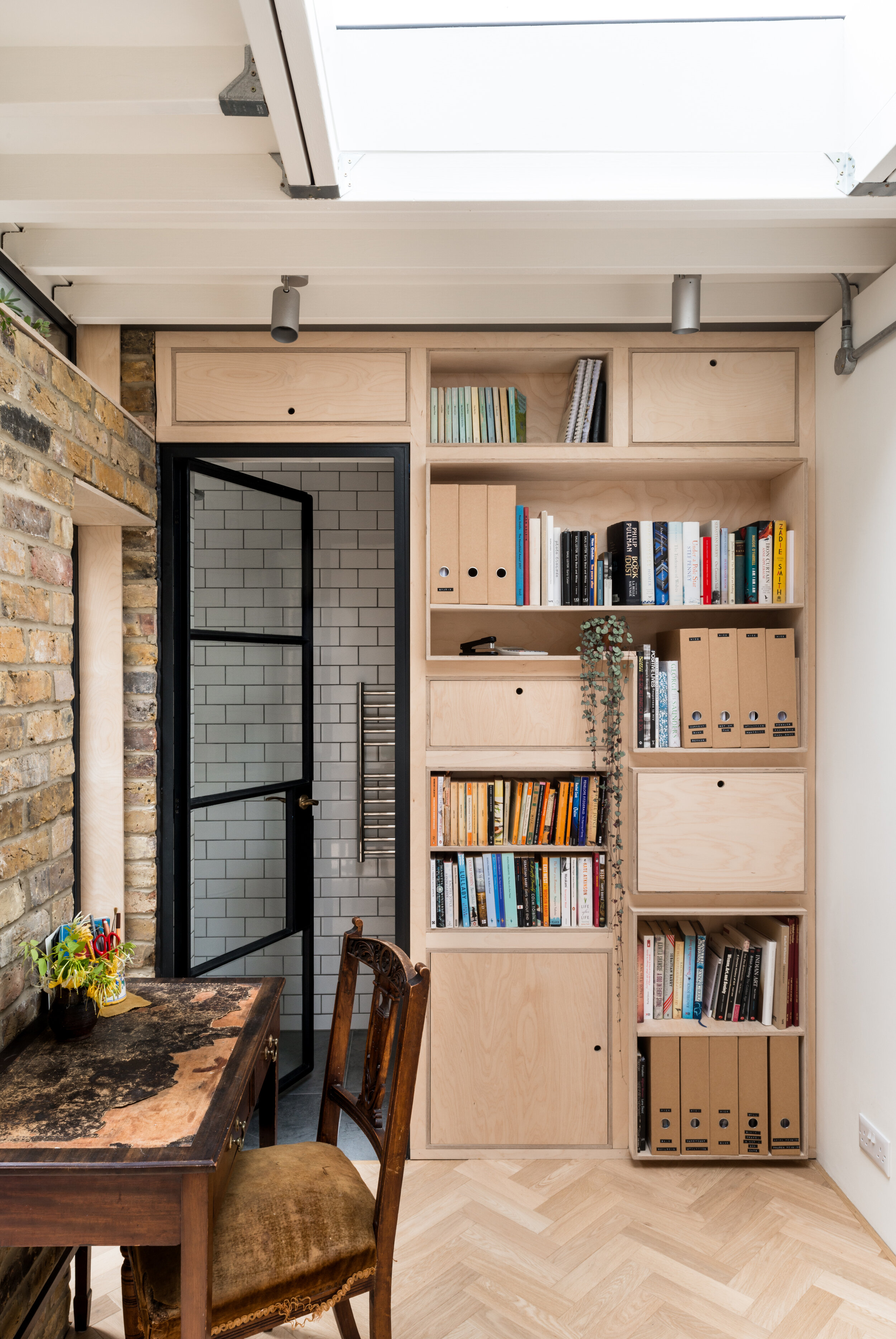Phoebe’s house
The events of the last week certainly make it feel like the end of an era and I suppose in historical terms it actually is. But it also coincided with some other big changes in the world that we need to adapt to as we embark on the next chapter.
The energy crisis is really highlighting the importance of sustainable design and slowing climate change.
Now is the time to invest in your home and improve it, saving you money and doing your bit to save the environment.
As it happens the building regulations have increased the thermal performance requirements of all new building elements. This applies to new builds and refurbishments. Wall and roof constructions will need to be a little thicker, and glazing higher performing. This is good news for energy saving but a big part of the new regulations focuses on design and build quality. Good design, project planning and realistic cost estimates are more important than ever to avoid coming unstuck.
A typical 125mm cavity wall
All our new projects start with a concept book so that we all agree what the principle goals of the projects are. This informs the layout and that in-turn informs a cost plan. Strong vision leads to successful results.
Installing solar panels and air sourced heat pumps is becoming the norm, but they work best if integrated into the design at the beginning of the project. So make sure you factor it into to you brief and budget. If your house is well insulated then retrofitting might be possible subject to some minor alterations and possibly planning permission.
If you would like to know more about anything raised in this post: New building regulations, sustainability, concept books or budgeting, please feel free to drop a comment below.




























